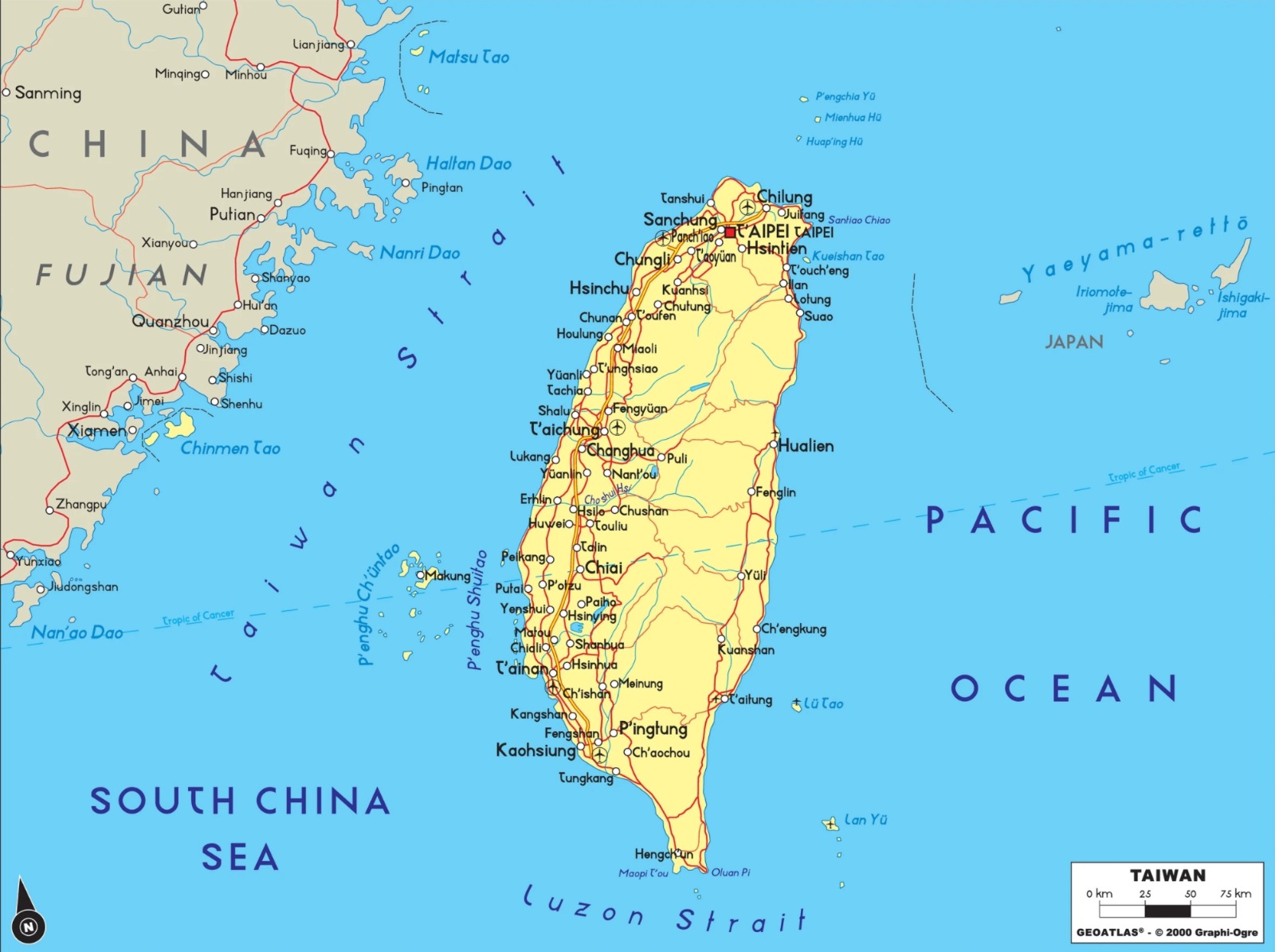PeB Journal | Asia-Pacific, General, International Politics, Latest News
Introduction
As students of Peace and Conflict Research at Uppsala University, members of the Pax et Bellum Journal team were recently discussing different conflicts that we have examined throughout our previous study – during this discussion it became apparent that while we could list quite a few, there are still numerous current and historic conflict we know fairly little about. As a result, we decided that at the end of every week, one person would present a chosen conflict. While these ‘conflict briefs’ are only meant to give a short overview of current and historical conflicts, we decided to share these ‘briefs’ in weekly blog posts – starting with the non-violent conflict between Taiwan and China.
The articles published do not reflect any stance taken by the organization Pax et Bellum; they only reflect that of the authors. If you have any questions or comments please email us (journal@paxetbellum.org).
Conflict: Taiwan and the People’s Republic of China (PRC)
While the cross-strait relationship between Taiwan and China is widely recognised as “[…] the most likely flashpoint in the Asia-Pacific […],” the conflict has, and is expected to remain, a non-violent one (Strategic Comments, 2019).
History
The island of Taiwan first appeared in Chinese records in 239 AD, a fact also used by China today to legitimise its territorial claim (British Broadcasting Company [BBC], 2019). However, between 1624 – 1661, Taiwan was a Dutch colony; between 1683 – 1895 it was administered by China’s Qing dynasty; and from 1895 – 1945 it was ceded to Japan following Japanese victory in the First Sino-Japanese War (BBC, 2019). Only after Japan’s defeat in World War II, China once again began ruling over Taiwan with the support of the United States and the United Kingdom (BBC, 2019). In 1949, Chiang Kai-shek and the remnants of his nationalist Kuomintang party (KMT) fled to Taiwan following their defeat in the Chinese Civil War, in which the KMT fought against Mao Zedong and his communist armies (Law, 2020). In Taiwan, the KMT established its own government in Taipei and severed formal ties with mainland China until 1999 (Law, 2020). Chiang and the KMT political party continued to dominate Taiwanese politics for many years until Chiang’s son democratised political processes, after inheriting the rule of Taiwan from his father.
One Country, Two Systems
In 1992, following decades of hostilities between communist China and the nationalist KMT-controlled Taiwan, the relationship started improving. Since China viewed Taiwan as ‘a breakaway province’, it propagated the ‘one country, two systems’ policy (BBC, 2019). The policy proposed that Taiwan would be given some level of autonomy if it accepted eventual reunification with China in the future (BBC, 2019). While Taiwan and China’s economic relationship has grown since the 1990s, in what has been called ‘dollar diplomacy, China has not demonstrated any willingness to accept Taiwan as fully independent political entity (Law, 2020).
Growing Fear and Hostilities
In 2000, Taiwan democratically elected its first non-KMT President – Chen Shui-bian. As a reaction, China voiced alarm since Chen Shui-bian’s was an open supporter of Taiwan’s full independence (BBC, 2019). Chen Shui-bian was re-elected in 2004 and in response, China passed the ‘anti-secession law’ in 2005 (BBC 2019). The Anti-secession law stated China’s ‘right’ to use ‘non-peaceful means’ against Taiwan, should it try to fully secede from China (Albert, 2020). In 2008, the newly elected Taiwanese President Ma Ying-jeou actively sought to improve ties with China – especially through economic means (BBC, 2019). Then, in 2016, Tsai Ing-wen, who leads the Democratic Progressive Party (DPP), became Taiwan’s new President. Tsai Ing-wen and her supporters, like Chen Shui-bian before her, actively lean towards full independence from China, rather than supporting China’s ‘one country, two systems’ approach and supporting eventual reunification with China (Albert, 2020).
Following Donal Trump’s election in 2016, Tsai Ing-wen spoke with the President-elect on the phone – this was a break in US policy since 1979 when formal relations were severed between Taiwan and the US in order to improve ties with China at the time (BBC, 2019). Since the phone-call with Trump, and China’s growing fear of international support for Tsai Ing-wen and her ambitions of an independent Taiwan, China has increased pressure on international companies to list Taiwan as a part of China on websites and other media channels. Should companies fail to do so, China has threatened with limiting economic capabilities within China and with Chinese companies (BBC, 2019).
Taiwan as a Sovereign State
China continues to regard Taiwan as a breakaway province which it has vowed to someday retake – by force if necessary. However, Taiwan’s leaders, and a significant portion of the Taiwanese population, see Taiwan as a sovereign state: it has its own cultural and political identity. In terms of being a sovereign state, Taiwan has a constitution, democratically-elected leaders, an active military force and a defined territory (BBC, 2019). While only roughly 20 countries recognise Taiwan as an independent country, the US is Taiwan’s most important supporter, having supplied Taiwan with weapons in the past (more than $25 billion in arms sales in recent history) and political support abroad (Albert, 2020). As a result, Taiwan is ranked as the world’s ninth largest recipient of arms globally (SIPRI, 2020). This has continued to lead to friction between Washington and Beijing (Albert, 2020). As a reminder of China’s threat to utilise ‘non-peaceful means’ to resist a secession of Taiwan, China regularly conducts military drills near the island – not surprisingly, this is perceived as threatening behaviour by Taiwan and the international community (Albert, 2020).
Now
Within Taiwan, the DPP and Tsai Ing-wen favour Taiwan’s full independence from China, however, the KMT continues to favour eventual reunification (BBC, 2019). In another blow to China’s authority over Taiwan, in 2019, Tsai Ing-wen (DPP) was re-elected as President of Taiwan. This development is especially poignant following the protest and independence movement currently happening in Hong Kong. Many in Taiwan are following the protests in Hong Kong, and China’s violent and threatening response, with keen interest (Law, 2020). In addition, the events in Hong Kong have demonstrated that any relationship between Hong Kong or Taiwan with China will occur on China’s terms (Law, 2020). However, analysts believe the imbalance between military capabilities will continue to grow in China’s favour in the next coming years, despite Taiwan’s arms imports (Albert, 2020). In light of this potential development, China’s commitment to the option of non-peaceful means was reiterated by President Xi Jing-Ping in a 2019 speech, further heightening to conflict potential of this conflict (Buckley & Horton, 2019).
Sources
Image source: https://www.maps.com/products/taiwan-political-wall-map-900xlz
Albert, E., 2020. China Taiwan Relations. Council on Foreing Relations. Online. Available from: https://www.cfr.org/backgrounder/china-taiwan-relations [Accessed 19 January 2020].
British Broadcasting Company, 2019. What’s behind the China-Taiwan divide? BBC News. Online. Available from: https:// www.bbc.com/news/world-asia-34729538 [Accessed 19 January 2020].
Buckley, C. and Horton, C., 2019. Xi Jinping Warns Taiwan That Unification is the Goal and Force is an Option. The New York Times. Online. Available from: https://www.nytimes.com/2019/01/ 01/world/asia /xi-jinping-taiwan-china.html [Accessed 19 January 2020].
Law, V., 2020. Tsai faces choppy China waters after Taiwan election landslide. Al Jazeera. Online. Available from: https://www.aljazeera.com/news/2020/01/tsai-faces-choppy-china-waters-taiwan- election-land slide-200112054249712.html [Accessed 21 January 2020].
SIPRI, 2020. SIPRI Arms Transfers Database. Stockholm International Peace Research Institute. Online. Available from: https://www.sipri.org/databases [Accessed 19 January 2020].
Strategic Comments, 2019. Tensions in the Taiwan Strait. Strategic Comments, 25(3), vi-viii.
Call for Submissions
If you are interested in getting involved with our ‘Weekly Conflict Brief’ posts, please contact journal@paxetbellum.org with a proposed conflict in mind or we can also assign a conflict for you to write about.

